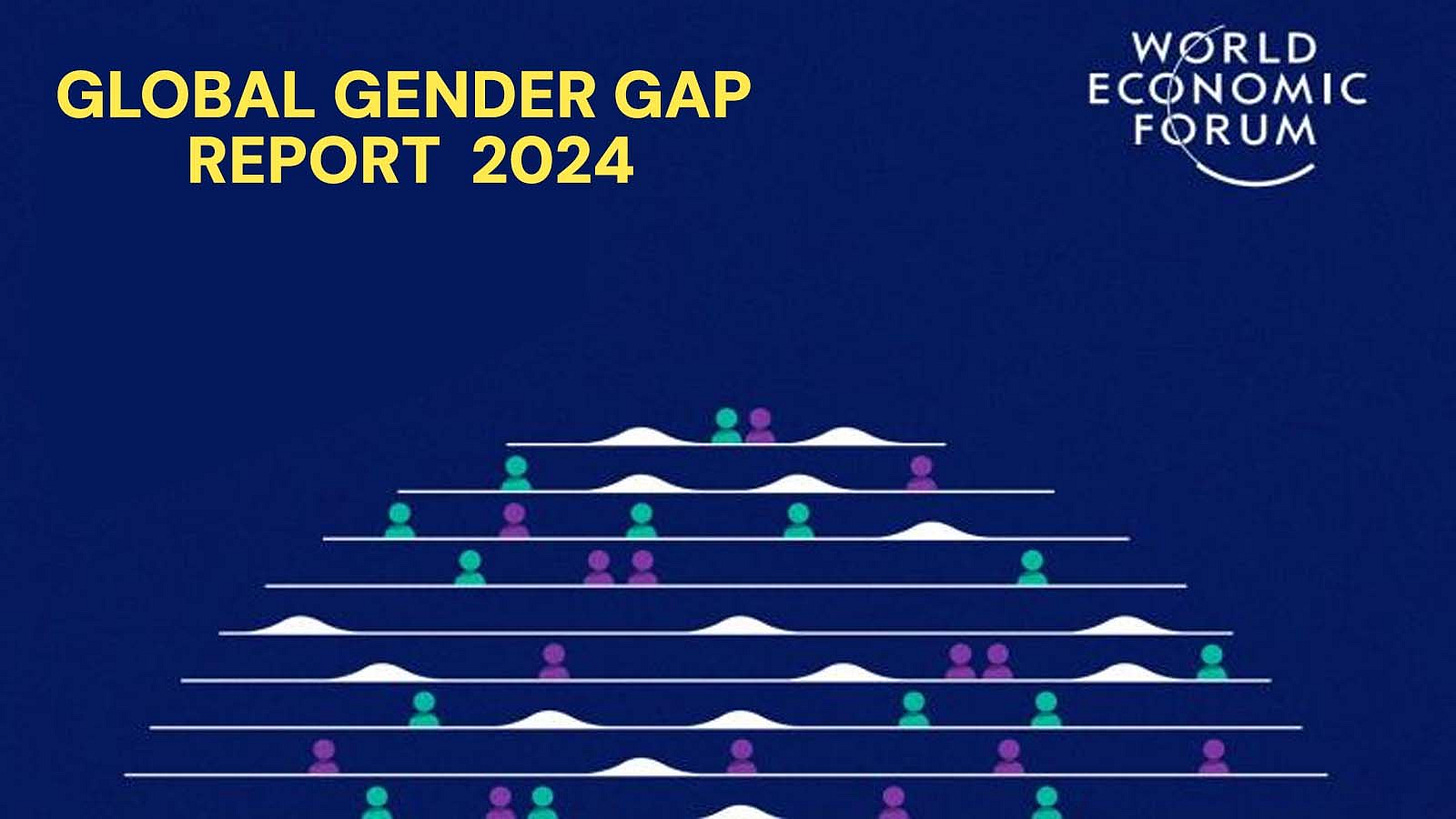#321: Global Gender Report 2025
Summarized notes for UPSC
Join my Telegram for detailed Daily CA Notes
________________________________
Overview
Ranking: India ranks 131st out of 148 countries in the Global Gender Gap Report 2025, released by the World Economic Forum (WEF), with a parity score of 64.1%, a decline from 129th in 2024.
Purpose: The report annually benchmarks gender parity across four dimensions:
- Economic Participation and Opportunity
- Educational Attainment,
- Health and Survival
- Political Empowerment tracking progress since 2006
Key Dimensions and Performance
Economic Participation and Opportunity: India’s score improved to 40.7%, with estimated earned income rising from 28.6% to 29.9%, though labor-force participation remains steady at 45.9%. Challenges persist with low parity in senior roles (below 0.4 female-to-male ratio).
Educational Attainment: Achieved a score of 97.1%, reflecting gains in female literacy and tertiary enrollment, though a 17% literacy gap between men (82%) and women (65%) persists (Census 2011).
Health and Survival: Improved due to better sex ratio at birth and healthy life expectancy, though overall life expectancy for both genders has slightly declined.
Political Empowerment: Declined with a -0.6-point drop; female parliamentary representation fell from 14.7% to 13.8%, and ministerial roles decreased from 6.5% to 5.6%, far below the 2019 peak of 30%.
Regional and Global Context
South Asia: India ranks fifth, behind Bangladesh (24th), Nepal (125th), Sri Lanka (130th), and Bhutan (119th), but ahead of Maldives (138th) and Pakistan (148th). Southern Asia’s parity score is 63.7%.
Global Trends: The global gender gap closed to 68.8% in 2025, up 0.4 points from 2024, driven by Political Empowerment (+0.7 points) and Economic Participation (+0.4 points), though full parity is projected in 132 years.
Major Challenges
Low Female Labor Force Participation: At 41.7% (PLFS 2023-24), women are largely in informal roles, with unsafe workplaces and lack of childcare support restricting access.
Educational Disparities: 40% of girls aged 15-18 are out of school due to menstruation-related stigma, reversing earlier progress (Education Parity Index declined to 0.964 in 2024).
Economic Undervaluation: Women spend 73% of male wages on unpaid work, valued at Rs 22.7 lakh crore (7.5% of GDP), with only 17% in Chief-roles and 20% in corporate board positions.
Implementation Gaps: Government schemes lack gender-sensitive monitoring, especially in rural areas, hindering impact.
Government Initiatives
Education and Empowerment: Beti Bachao Beti Padhao, Mahila Shakti Kendra, 33% reservation in Panchayati Raj, and the 106th Amendment Act (2023) reserving one-third seats in Lok Sabha and State Assemblies.
Entrepreneurship: Stand-Up India, Mahila-e-Haat, and Entrepreneurship Skill Development Program (ESSDP) support women entrepreneurs.
Safety and Support: Enhanced reproductive healthcare (NHM), transport, street lighting, and CCTV for mobility.
Proposed Measures
Legal Enforcement: Strengthen laws (POCSO, Domestic Violence Act), expand One-Stop Centers, and support survivors via the Nirbhaya Fund.
Workplace Reforms: Introduce creches, maternity benefits, and social security for domestic workers; recognize unpaid care work.
Education and Skills: Retain girls in school with scholarships and menstrual hygiene support, promote STEM, and bridge the digital gender divide via PMGDISHA.
Governance: Empower women in PRIs, activate Gender Budget Cells, and use sex-disaggregated data for policy-making.
UPSC Relevance
GS Paper 2: Governance, gender policies, international cooperation (WEF).
GS Paper 3: Economic development, education, health infrastructure.
Current Affairs: 2025 ranking decline, policy initiatives, and regional comparisons for Prelims and Mains.
Conclusion
India’s slip to 131st in the 2025 Global Gender Gap Index highlights persistent gender disparities, despite gains in education and economic participation. Addressing political empowerment and implementation gaps through targeted measures is crucial, making this a key topic for UPSC aspirants focusing on gender equality and development.


